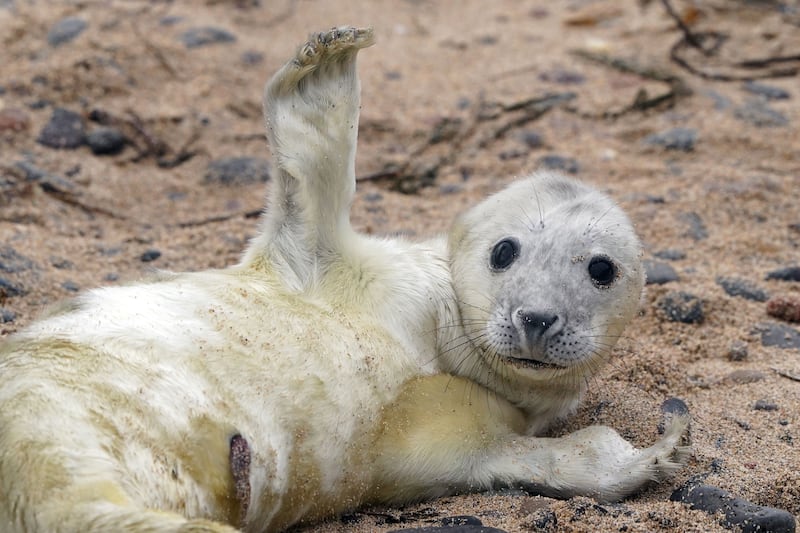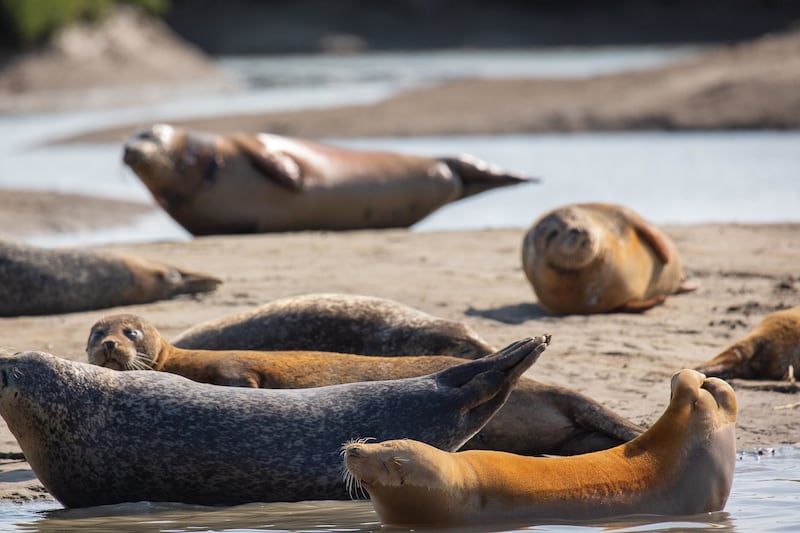WATERSPORTS on Strangford Lough are posing a "real risk" to seals and nesting birds during breeding season, rangers have warned.
The National Trust has recorded a record number of grey seal pups in its annual count of the mammals and Brent Geese.
At 150 square kilometres, Strangford Lough is the largest sea lough in the British Isles and one of only three marine nature reserves in the UK.
It is home to more than 2,000 species of marine wildlife and is a Designated Special Area of Conservation, a third of which is managed by the conservation charity.
National Trust rangers counted 27,390 Brent Geese, indicating the population is `stable', but found the percentage of juvenile birds within the flock was low at just 2.9 per cent.
Between 75-90 per cent of the entire global population of the birds travel to the lough each autumn
Lead ranger Hugh Thurgate said the grey seal counts was carried out during July to October to cover pupping and moulting times when the adult population is at its highest.
The data reveals "progressive long-term increase" in their numbers from an average of six-seven pups born each year in the early nineties to 190 recorded this year.
I think it's highly likely that we’ll pass the 200-pup mark next year," Mr Thurgate said, suggesting as the Scottish grey seal population reached saturation point it is "pushing down into Northern Irish waters".
However, he fears the increase in recreational water sports on the lough could put the population at risk.
"We have seen a massive increase in water sports which is something that the Trust, Strangford Lough and Lecale Partnership and NIEA are monitoring.
"While out doing counts this year, I saw paddle boarders and kayakers very close to seal pupping areas, something I'd never seen historically.
"The growth in recreational sports, especially those sports where you can approach and land on beaches and islands, poses a real risk to seals and ground nesting birds during breeding season.
"There's work to do to educate outdoor activity leaders about wildlife disturbance, to ensure they are aware of the risks and understand what areas of the lough to avoid during breeding season."
Other challenges include "climate change, invasive specifies, people and dogs", but the ranger said along with eel grass which is being taken over by invasive growth of common cord grass, preventing access to the nutrient rich mudflats, the species are showing "incredible resilience in the face of adversity".








